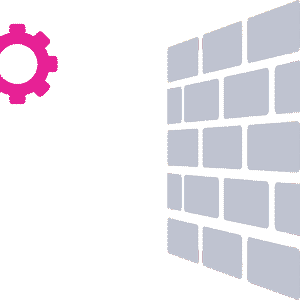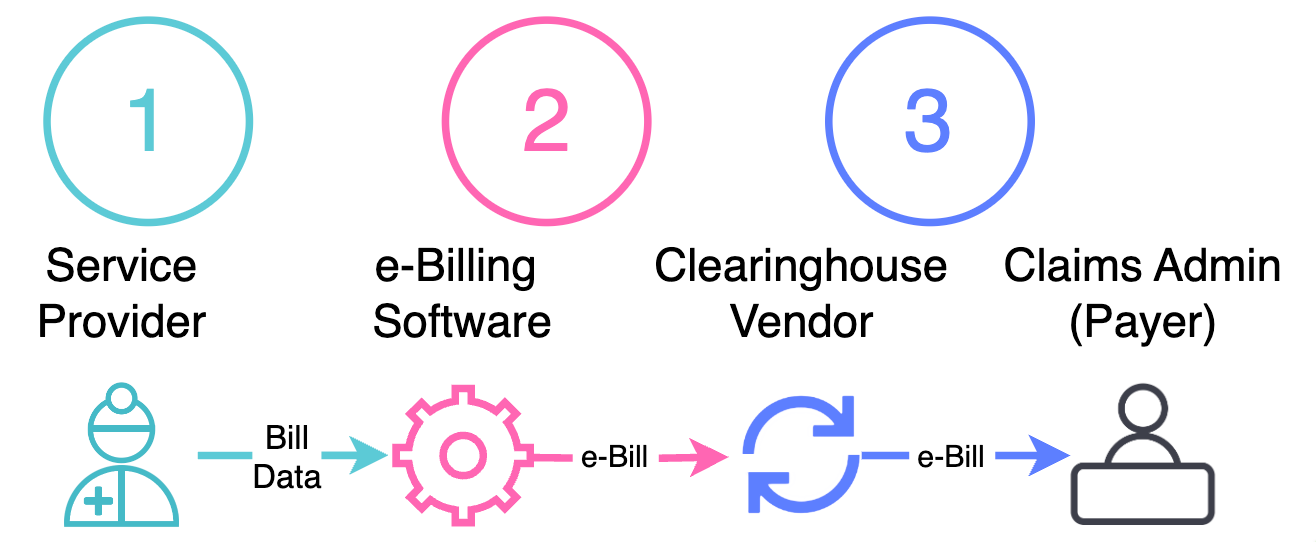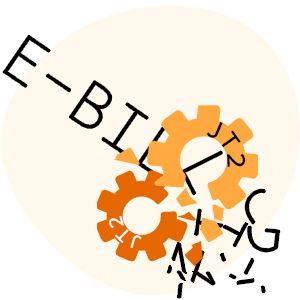Why Your e-Bill Didn't Make It to the Claims Admin

If you’ve tried e-billing for workers’ comp patients — and it didn’t go well — you probably noticed many e-bills getting lost, dropped to paper and mailed, or reported “not on file” by the claims administrator.
The reason is simple: your e-billing software vendor sent the e-bill to the wrong clearinghouse.
Why does this happen? Because most e-billing software cannot deliver workers’ compensation e-bills to the clearinghouse hired by the claims administrator. Instead, the software sends all workers’ comp bills to a single clearinghouse, expecting that clearinghouse to forward your e-bill if necessary.
Once your e-bill is initially sent to the wrong clearinghouse, it is often a roll of the dice whether your e-bill makes it to the correct one.
Below, see a brief explanation of this issue.
Learn how e-bill delivery works at our free 15-minute “Webinette” + Q&A, available to watch here.
How e-Bills *Should* Be Delivered
Most claims administrators can’t accept and process e-bills. Whether the claims administrator is an insurer, employer, or Third-Party Administrator (TPA), these entities don’t maintain the necessary technology to accept e-bills from the thousands of workers’ compensation providers.
So, claims administrators hire clearinghouses to accept providers’ e-bills.
The clearinghouse receives e-bills from providers and then forwards the bill data to their claims administrator client. The correct route for a workers’ comp e-bill looks like the following.
Step 1: Provider enters billing information into e-billing software
Step 2: e-Billing software converts bill data into an e-bill (X12 837 file) and delivers the e-bill and supporting documents to the clearinghouse hired by the claims administrator
Step 3: Clearinghouse forwards e-bill to claims administrator
In a perfect world, the e-billing software knows the correct clearinghouse for the claims administrator being billed. It delivers the e-bill to that clearinghouse, and that clearinghouse forwards the e-bill to the claims administrator for payment.
In the real world, the e-billing software often does not know the correct clearinghouse for the claims administrator. It therefore delivers the e-bill to the software vendor’s preferred clearinghouse. The e-bill (and/or the supporting documents sent with the e-bill) ends up “not on file” (read: lost in the ether).
Sending an e-bill to the correct clearinghouse is the best (and only) way to guarantee e-bill delivery and lightning-fast payment. That was the whole intention of e-billing: to make the administrative side of workers’ comp faster, easier, and more efficient.
Learn more essential e-billing details with our webinar and Q&A!
daisyBill makes workers’ comp billing easier, faster, and less costly. Request a free demonstration below.
REQUEST DEMO
DaisyBill provides content as an insightful service to its readers and clients. It does not offer legal advice and cannot guarantee the accuracy or suitability of its content for a particular purpose.

.gif)



.png)
.gif)